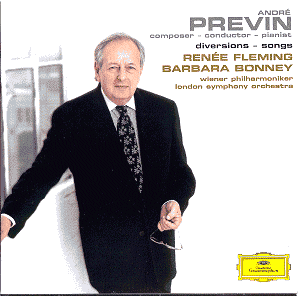 Composer: Antonio Sartorio
Composer: Antonio Sartorio
Works: L’Orfeo
Performers: Voices and instruments of the Clemencic Consort/René Clemencic
Recording: Teatro Goldoni, Venice, Italy, October 1997
Label: Warner: Music Antiqua 8573 84103-2
Antonio Sartorio, a pivotal yet often overlooked figure in the baroque opera landscape, presents a nuanced interpretation of the Orpheus myth in his opera L’Orfeo, first performed during the Venetian carnival season of 1672-73. Drawing on a libretto by Aurelio Aureli, Sartorio’s work diverges from the traditional heroic narrative of Orpheus, instead exploring themes of jealousy and despair within a complex web of human emotion. This opera emerges from the rich cultural tapestry of 17th-century Venice, a vibrant hub for the development of opera, where Sartorio’s contributions reflect both the influence of his predecessors, such as Monteverdi and Cavalli, and the distinct character of Venetian operatic conventions.
The performance led by René Clemencic and his Clemencic Consort captures the essence of Sartorio’s style, showcasing the ensemble’s adeptness in utilizing period instruments—gut strings, lutes, and violas da gamba—paired with the harpsichord. The authenticity of the instrumental color is commendable, contributing to the historical fidelity of the sound. However, while the orchestra delivers a lively and engaging interpretation of the score, the vocal performances present a mixed picture. Serio Vortolo’s portrayal of Orfeo, while earnest, lacks the expressive depth and tonal richness that one might anticipate from such a central role. His thin tone is particularly disappointing, lacking the gravitas necessary for a character whose emotional journey is pivotal to the opera’s narrative arc.
Sartorio’s composition features over 50 arias, structured with a typical baroque dichotomy of contrasting passages and recitatives. This structure, rather than relying heavily on the recitative-driven narrative style of Monteverdi, allows each character significant opportunities for individual expression. The recording captures these moments effectively, though some vocalists exhibit an unwelcome vibrato that occasionally disrupts the otherwise polished ensemble sound. The clarity of the recording, stemming from a live performance setting, is notable, with minimal extraneous noise and applause, allowing the listener to engage fully with the music.
The engineering of this recording is well-executed, presenting a balanced soundscape that privileges both the instruments and vocalists. The booklet accompanying the CDs provides a synopsis and essays that, while informative, sometimes offer conflicting information. The absence of a translated libretto may pose challenges for those less familiar with the text, yet the specialist audience—those well-versed in baroque opera—will likely appreciate the historical context and the revival of this once-popular work.
Sartorio’s L’Orfeo offers an intriguing glimpse into the evolution of opera during the late 17th century, marked by its emotional complexity and musical richness. Although the performance has its shortcomings, particularly in the lead role, the overall interpretation by the Clemencic Consort is sufficiently engaging to warrant attention. For enthusiasts of baroque opera, this recording stands as a valuable document that enriches our understanding of the genre’s development, even if it may not compete with the finest modern interpretations. The work’s historical significance and the ensemble’s authentic approach make it a worthwhile addition to the collection of any serious opera aficionado.



